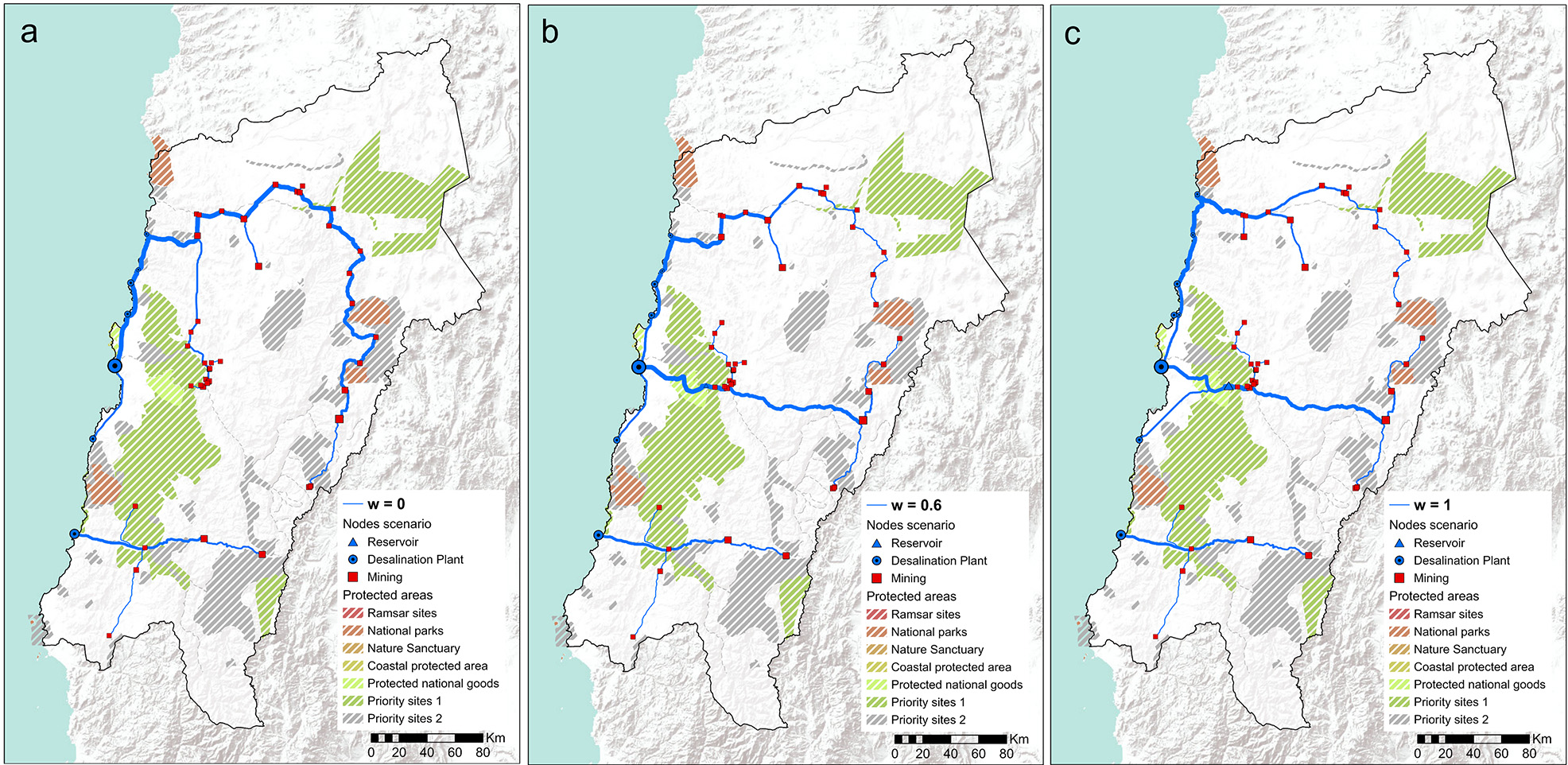
A new participatory planning framework can maximise the benefits of shared water infrastructure in water-scarce mining regions, according to a study produced by researchers from SMI’s Centre for Water in the Minerals Industry (CWiMI).
The framework uses in-person workshops and GIS software to facilitate knowledge-sharing between stakeholders and plan infrastructure networks based on economic, environmental and social criteria.
The study details the findings of a three-year project in which the participatory planning framework was used to plan shared desalinated water supply infrastructure in the Atacama region of Chile.
CWiMI Research Fellow and paper lead author Dr Liliana Pagliero said the framework maximises the value of water infrastructure.
“The mining industry is investing billions of dollars in desalination to secure future water supplies, and this level of investment will continue,” Dr Pagliero said.
“Our goal is to maximise the value of these investments to the region as a whole while minimising the financial and socio-environmental costs.
“At the centre of this new approach is an interactive water supply tool we designed that allows users to plan a supply network based on a range of information and preferences.
“The software identifies the desalinated water supply options, including desalinated plant locations and pipeline routes, which optimise economic and socio-environmental value for a region for a particular scenario.
“A GIS visual interface allows water user groups, such as mines and communities, to view and discuss water supply options, and their socio-environmental and economic trade-offs.
“This allows a common understanding to be reached of the costs and benefits and allows stakeholders to explore their ideas for new options.”
SMI-ICE-Chile Executive Director Dr Doug Aitken, who led the project in Chile, emphasised the importance of the work to water-scarce mining regions like Australia, Chile and Peru.
“Chile is far down the path towards supplying mines in arid regions with desalinated seawater, and the recent announcement of a 600 km pipeline to supply South Australia’s Olympic Dam mine shows Australia is following the same path,” he said.
“The opportunities for these regions are immense, but so are the challenges of ensuring the water supply is cost-effective, equitable, and has minimal environmental impact”.
The project was funded by Mitsubishi Corporation Inversiones Limitada, Chile (MCI).
If you’d like to learn more about the participatory planning framework, contact Regional Water & Land Resources Group Leader and paper co-author Professor Neil McIntyre.



